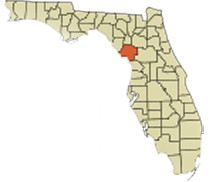 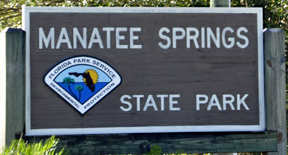 |
|
The two RV Gypsies and Sharyn Hurley Alden at Manatee Springs State Park in Chiefland, Florida |
|
Manatee Springs State Park is a Florida State Park located six miles west of Chiefland. Manatee Spring is a first magnitude spring that flows directly into the Suwannee River by way of a short run (though it is the longest spring run feeding the Suwannee River). Present also are swamps and hardwood wetlands along the Suwannee, along with many sinkhole ponds, including one with a cave 90 feet below the ground that connects to a popular divers' destination known as the catfish hotel. |
|
| Above quote from Wikipedia, the free encyclopedia | |
Below: Tree types in the park consist of cypress, sweetgum, maple and ash. |
|
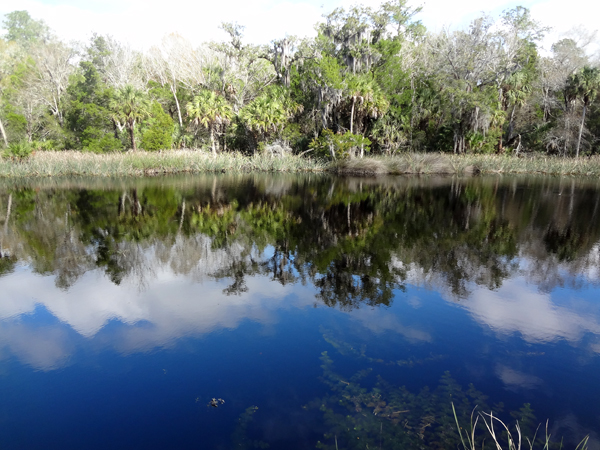 |
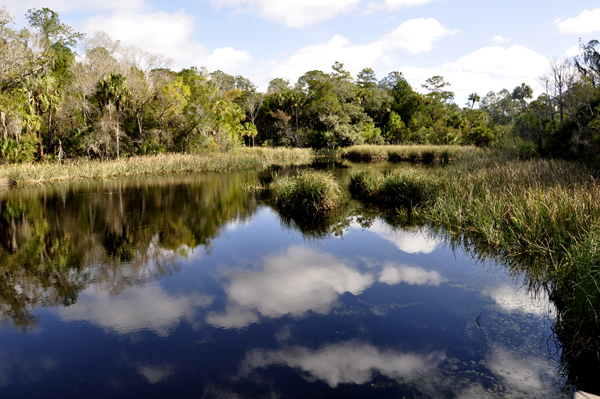 |
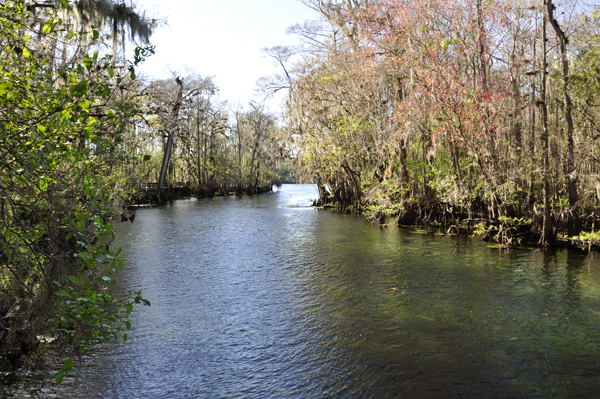 |
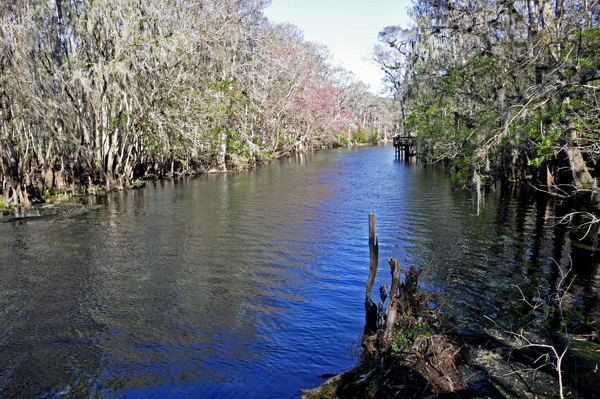 |
Below: Really big Cypress Knees |
|
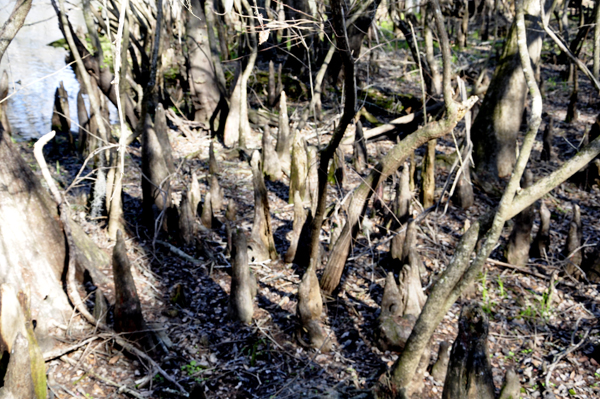 |
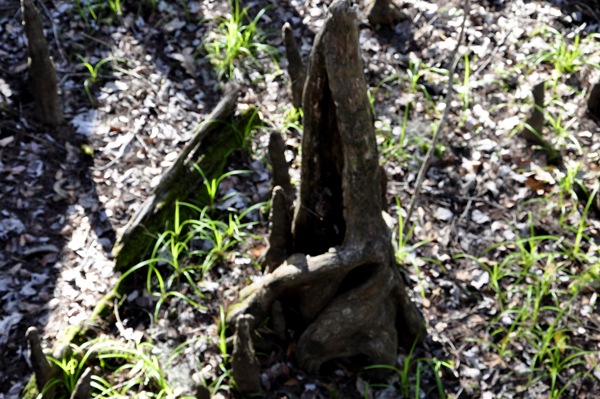 |
Below: Although the sign on the dock warned about alligators, no alligators were seen on this date anywhere in the park, but turtles and manatees were swimming in this area. |
|
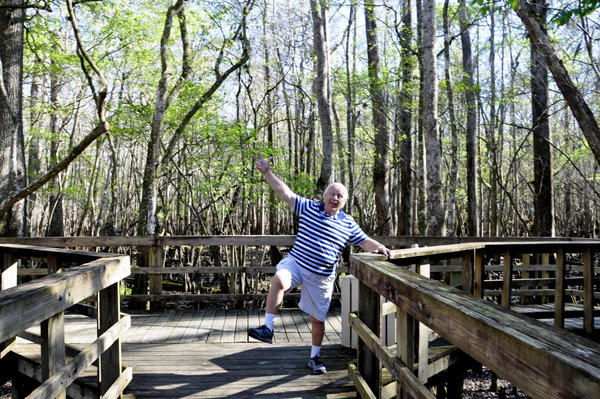 |
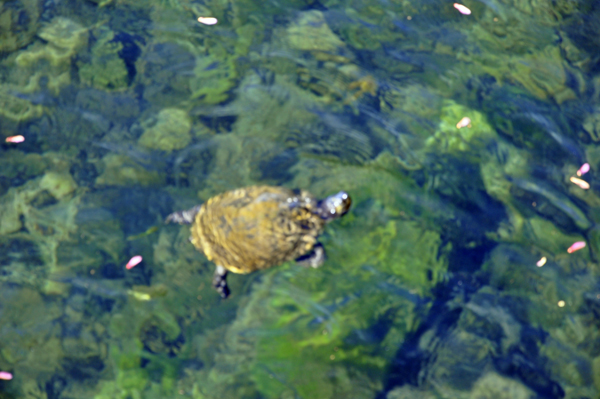 |
Below: The manatees swam right under the floating dock, enabling the two RV Gypsies to get really close-up photos. |
|
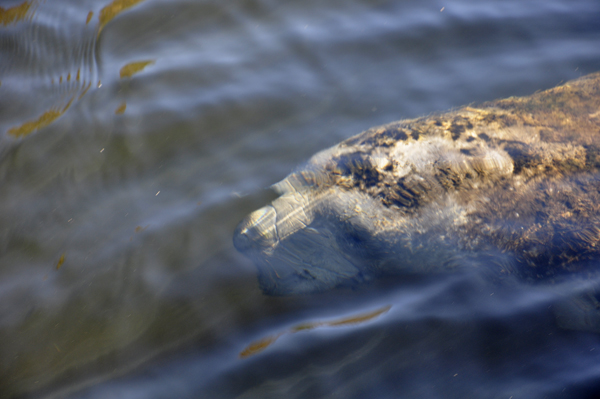 |
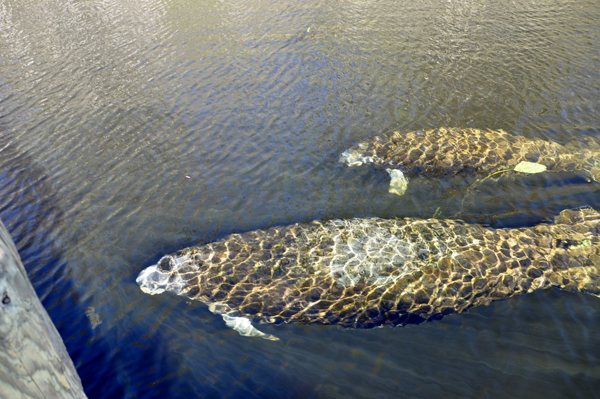 |
Manatees, for which the spring is named, are more commonly seen in fall and winter, as the constant 72 degrees F temperature acts as a warm haven for them. Manatees cannot survive long in cold water, so the spring provides a good place to calve and shelter if winter is particularly harsh. |
|
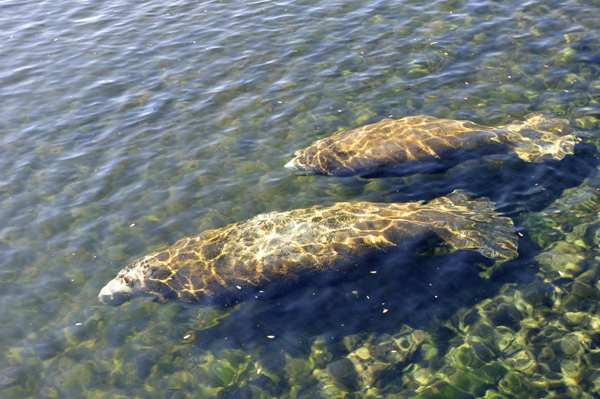 |
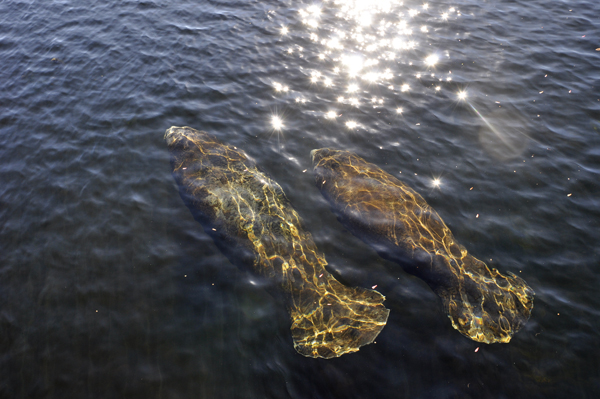 |
Manatees are large, fully aquatic, mostly herbivorous marine mammals sometimes known as sea cows. There are three accepted living species of Trichechidae, representing three of the four living species in the order Sirenia: the Amazonian manatee, the West Indian manatee, and the West African manatee. They measure up to 12 feet long, weigh as much as 1,200 pounds and have paddle-like flippers. The name manatee comes from pre-Columbian people of the Caribbean, meaning "breast".Manatees have a mass of 880 to 1,200 pounds, and mean length 9.2 feet, with maximum of 12 feet. The females tend to be larger and heavier. When born, baby manatees have an average mass of 66 pounds. They have a large, flexible upper lip. They use the lip to gather food and eat, as well as using it for social interactions and communications. Manatees have short snouts. Their small, widely-spaced eyes have eyelids that close in a circular manner. The adults have no incisor or canine teeth, just a set of cheek teeth, which are not clearly differentiated into molars and premolars. Uniquely among mammals, these teeth are continuously replaced throughout life, with new teeth growing at the rear as older teeth fall out from farther forward in the mouth. At any given time, a manatee typically has no more than six teeth in each jaw of its mouth. Its tail is paddle-shaped.They have a simple stomach in which they can digest tough plant matter. In general, their intestines have a typical length of about 45 meters, which is unusually long for animals of their size.Manatees are the only animal known to have a vascularized cornea. |
|
Below: The spring also attracts large numbers of American black vultures who winter here. The surprising number of birds makes for a somewhat Gothic spectacle, with moss-draped cypress trees filled with large, black birds. The vultures aren't particularly afraid of humans, but are not aggressive either. |
|
 |
|
The photo above and the two photos below were taken from the boardwalk where the manatees were swimming. The trees are full of thousands of American Black Vultures (the tiny black spots in the trees). |
|
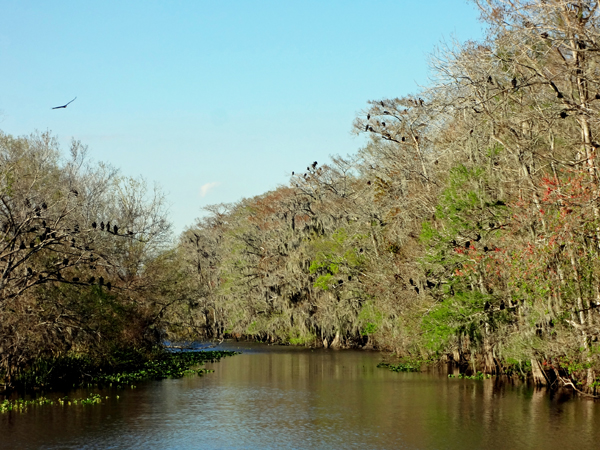 |
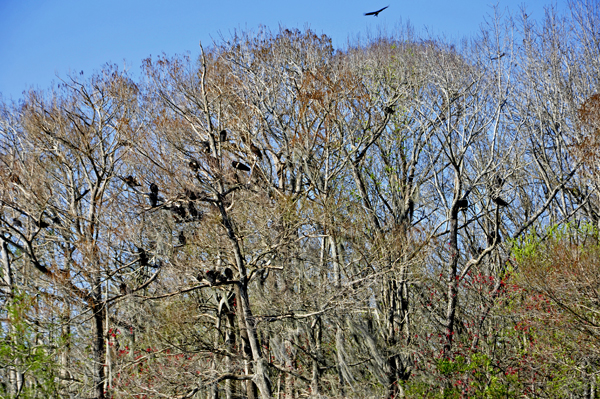 |
Below: The area shown below is the springs area. Manatee Springs State Park is home to one of Florida's largest freshwater springs. People were swimming in this area. |
|
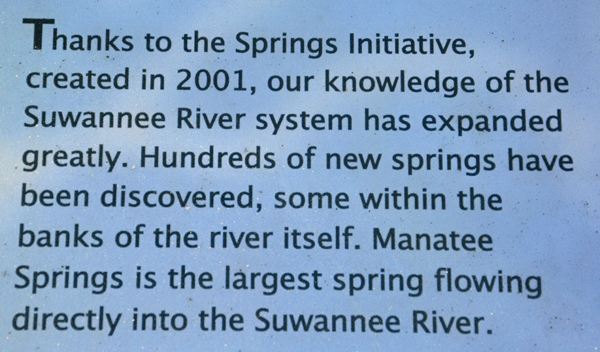 |
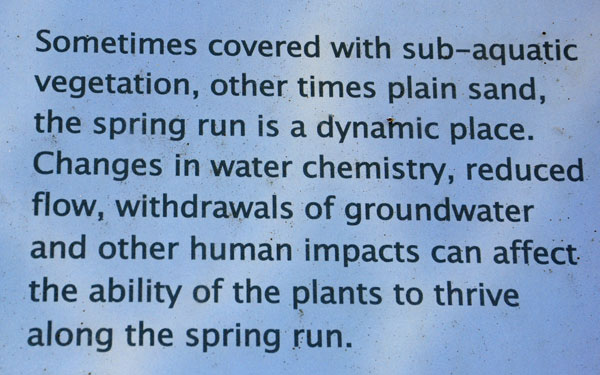 |
 |
|
Now
that you have enjoyed Manatee Springs State Park and the manatees, please
continue on to the other two sites in Chiefland, Florida. You may view
these in any order you wish., however, the page you are on is grayed
out and can not be chosen. The complete set of navigational buttons
are also at the very bottom of this and most pages. |
|
Lower Suwannee National Wildlife Refuge;
|
|
Manatee Springs State Park |
Cedar Key State Park |
|
|
After you have seen all of the above,Continue Navigation in any year, any place, in the
order of your choice |
|||||

|
|||||
 |
 |
 |
 |
 |
|
 |
 |
 |
 |
 |
|
 |
 |
 |
 |
 |
 |
 |
 |
 |
 |
 |
 |
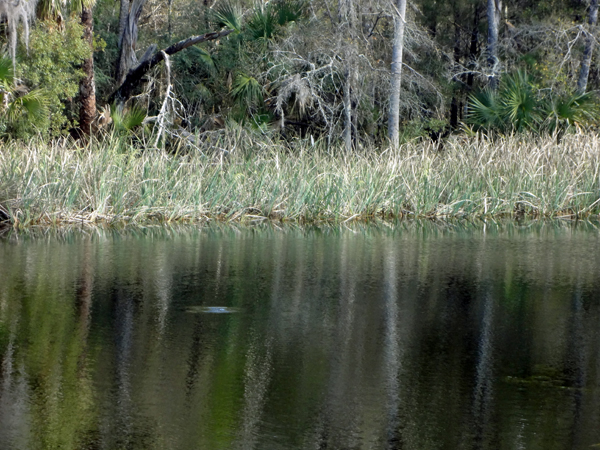
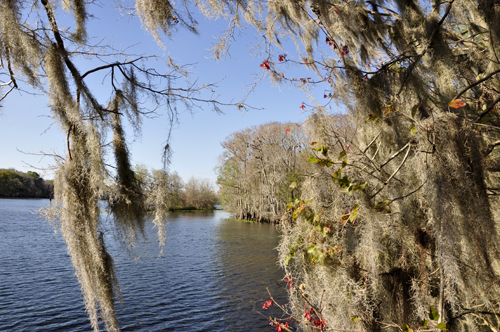
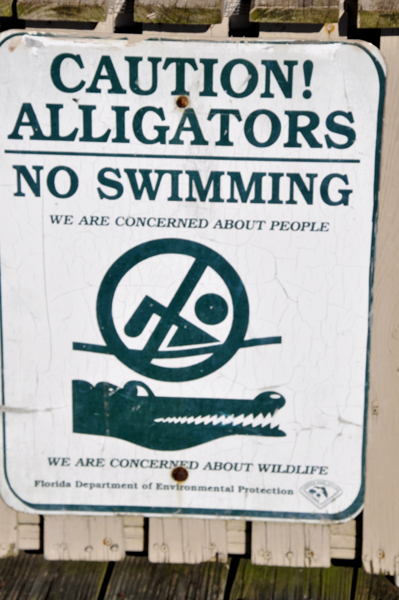
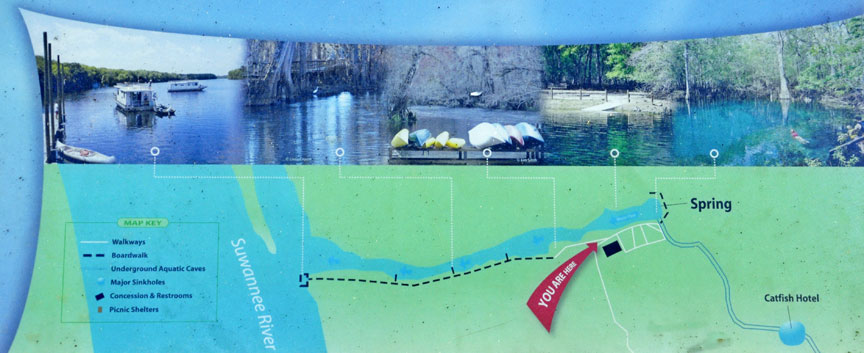
 AFTER
you have viewed all three sections above, please check out the
AFTER
you have viewed all three sections above, please check out the 
